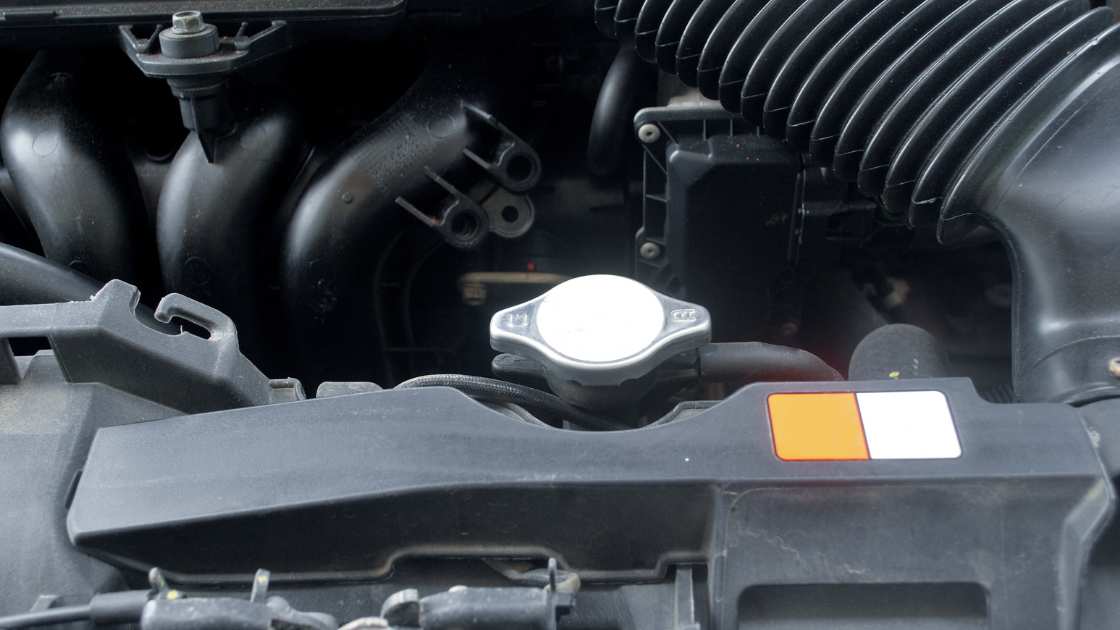Winter is a harsh season for automobiles, particularly when temperatures plummet below freezing. While cars are engineered to withstand various weather conditions, extreme cold weather can cause harm to various components of a vehicle, especially if left unattended for long periods. If you are wondering how long a car can sit in cold weather, this article is for you. Here we will discuss the facts you need to know about leaving your car in the cold and how you can keep it safe and running smoothly.
The Effects of Cold Weather on a Car
Cold weather can affect different parts of a car in various ways. Here are some of the components most vulnerable to freezing temperatures:
Battery: Low temperatures can reduce the battery’s capacity and make it harder to start the engine. If your car battery is old, it is more likely to fail in cold weather.
Fuel system: Fuel lines can freeze, preventing fuel from reaching the engine. Fuel filters can also become clogged by ice or debris, which can damage the engine.
Tires: Cold weather can cause tires to lose pressure, reducing their grip on the road. Low tire pressure can also lead to tire damage and a flat tire.
Engine oil: When the temperature drops, engine oil becomes thicker, making it harder for it to flow through the engine. This can cause engine damage and reduce fuel efficiency.
How Long Can a Car Sit in Cold Weather?
The length of time a car can sit in cold weather depends on several factors, such as the age and condition of the car, the temperature, and whether the car is parked indoors or outdoors. Generally, a car can sit in cold weather for a few days to a few weeks without experiencing any significant problems. However, if you leave your car unattended for more than a month, you may encounter issues that can affect its performance and longevity.
Tips for Protecting Your Car in Cold Weather
If you want to keep your car in good condition during the winter months, here are some tips to follow:
Start your car regularly: Starting your car regularly can help maintain the battery’s charge and ensure that the engine oil circulates properly.
Keep your car indoors: If possible, park your car in a garage or carport to protect it from the elements. This can also help prevent the fuel lines from freezing.
Use a block heater: A block heater can help warm up the engine before starting it, reducing the strain on the battery and engine.
Check your tires: Make sure your tires are properly inflated and have enough tread to provide traction on slippery roads.
Use winter-grade oil: Switch to winter-grade oil that can flow more easily in cold weather and provide better engine protection.
FAQs
Can a car sit in cold weather for an extended period without starting?
Yes, a car can sit in cold weather for an extended period without starting, but it depends on various factors such as the age and condition of the car, the temperature, and how it is parked. Typically, a car can sit for several days to a few weeks without experiencing any significant problems. However, if you plan to leave your car unattended for an extended period, it is recommended to take some precautions such as disconnecting the battery, using a fuel stabilizer, and elevating the car to prevent flat spots on the tires.
How does cold weather affect the battery life of a car?
Cold weather can significantly affect the battery life of a car. Low temperatures can reduce the battery’s capacity and make it harder to start the engine, especially if the battery is old or has been in use for an extended period. If you plan to leave your car parked for an extended period in cold weather, it is recommended to disconnect the battery or use a battery maintainer to prevent it from losing its charge.
How can I prevent fuel lines from freezing in cold weather?
To prevent fuel lines from freezing in cold weather, you can take the following precautions:
Keep your car indoors, if possible, to prevent it from being exposed to extreme cold.
Use a fuel stabilizer to keep the fuel from breaking down or evaporating.
Keep the gas tank full to prevent condensation from forming inside the fuel tank.
Use a block heater to warm up the engine before starting the car, reducing the strain on the battery and engine.
Use fuel additives that are designed to prevent fuel lines from freezing, but make sure to read the label carefully and follow the manufacturer’s instructions.
Conclusion
In conclusion, how long can a car sit in cold weather depends on various factors, including the age and condition of the car, the temperature, and how it is parked. Although cars are designed to withstand different weather conditions, winter can cause significant harm to different components. To keep your car in good condition during the winter, it’s essential to follow the tips we have discussed, such as starting your car regularly, keeping it indoors, using a block heater, and using winter-grade oil. With proper care, you can help ensure that your car stays safe and running smoothly throughout the winter months.

Jeff Gordon is an accomplished writer with expertise in the basics of car accessories. With a keen eye for detail, Jeff has established himself as an authority on the subject, with a passion for all things automotive. Based in Jasper, Jeff is dedicated to providing readers with the information they need to make informed decisions when it comes to their car accessories.





